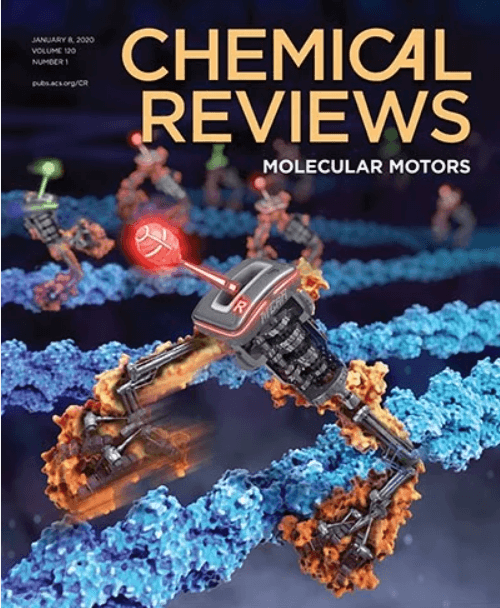A self-adsorption molecule passivated interface enables efficient and stable lithium metal batteries
IF 51.4
1区 化学
Q1 CHEMISTRY, MULTIDISCIPLINARY
引用次数: 0
Abstract
Despite the theoretical promise of attaining high energy densities, practical applications of lithium metal batteries (LMBs) remain hindered by the inadequacies of the electrode/electrolyte interface and unsatisfied cycling stability. Herein, a self-adsorption molecule with polar groups was designed and introduced in ether electrolyte, aiming to form a high-density and ordered molecular layer occupying active sites on the electrode surface, while restricting electrolyte molecule penetration into the interface. This self-adsorption molecule favors the formation of a robust anion-rich cathode/anode electrolyte interphase due to the change of the interfacial solvation structure, thus inhibiting solvent decomposition and enhancing interfacial stability. Consequently, the addition of this molecule into low-concentration ether electrolytes notably upgrades the electrochemical performance of the LiNi0.8Co0.1Mn0.1O2 (NCM811)||Li battery, which enables a high capacity retention of 87.2% after 250 cycles at 4.5 V. Moreover, the NMC811||Li pouch cells achieve stable cycling over 150 cycles with a capacity retention of 92.9% at a low negative/positive capacity ratio of 2.7 with a lean electrolyte. This interface passivation design strategy provides a promising path toward high-energy, durable, and safe rechargeable LMBs.

自吸附分子钝化界面可实现高效稳定的锂金属电池
尽管理论上有望实现高能量密度,但锂金属电池(LMB)的实际应用仍然受到电极/电解质界面缺陷和循环稳定性不理想的阻碍。在此,我们设计了一种带有极性基团的自吸附分子,并将其引入醚电解质中,旨在形成一个高密度、有序的分子层,占据电极表面的活性位点,同时限制电解质分子渗入界面。由于界面溶解结构的改变,这种自吸附分子有利于形成稳固的富阴离子阴极/阳极电解质相间层,从而抑制溶剂分解,提高界面稳定性。因此,在低浓度醚电解质中添加该分子可显著提高镍钴锰锂电池(NCM811)的电化学性能,使其在 4.5 V 下循环 250 次后的容量保持率高达 87.2%。此外,NMC811||锂袋电池在贫电解液条件下,以 2.7 的低负极/正极容量比实现了 150 次以上的稳定循环,容量保持率高达 92.9%。这种界面钝化设计策略为实现高能、耐用和安全的可充电 LMB 提供了一条前景广阔的道路。
本文章由计算机程序翻译,如有差异,请以英文原文为准。
求助全文
约1分钟内获得全文
求助全文
来源期刊

Chemical Reviews
化学-化学综合
CiteScore
106.00
自引率
1.10%
发文量
278
审稿时长
4.3 months
期刊介绍:
Chemical Reviews is a highly regarded and highest-ranked journal covering the general topic of chemistry. Its mission is to provide comprehensive, authoritative, critical, and readable reviews of important recent research in organic, inorganic, physical, analytical, theoretical, and biological chemistry.
Since 1985, Chemical Reviews has also published periodic thematic issues that focus on a single theme or direction of emerging research.
 求助内容:
求助内容: 应助结果提醒方式:
应助结果提醒方式:


